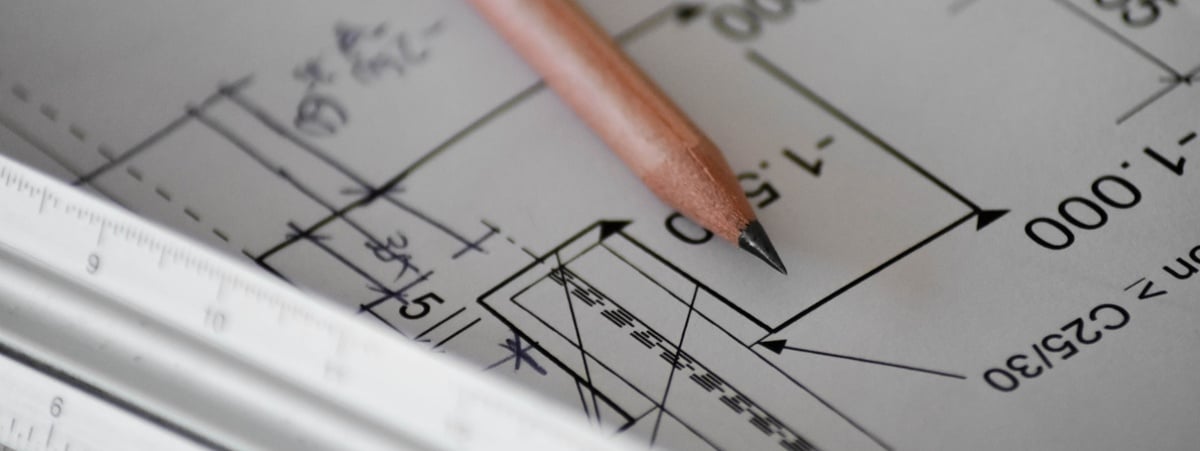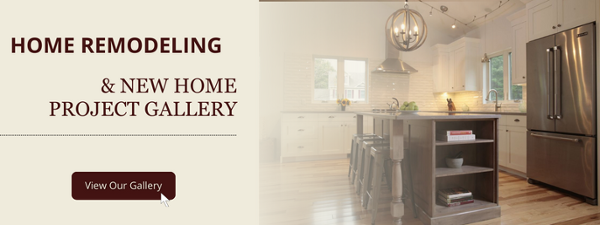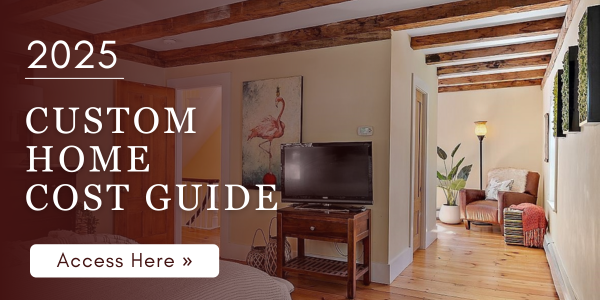3 Min Read
What is Architectural Design, and Do You Need One to Build a Home in New Hampshire?
Building a custom home in the Seacoast New Hampshire area wouldn’t be possible without a detailed architectural design. The design provides the information your builder needs to construct a home that fulfills all the items on your wish list.
Table of Contents
- The Importance Of Architectural Designs
- Steps In The Architectural Design Process
- Preparing The Design
- Construction Begins
The Importance of Architectural Designs
Architectural design is the process used to plan the structures and features in your new home. Great architectural design focuses on the technical steps needed to build your house and the aesthetic aspects that will make your home comfortable and attractive.

Steps in the Architectural Design Process
Architectural design is a multi-step process that includes:
Information Gathering
After you decide that you want to build a custom home, you’ll meet with an architectural designer. During the initial meeting, you’ll discuss:
- Must-Have Features: How many bedrooms and bathrooms do you need? Will any bedrooms need to be on the first floor? Is a three-car garage non-negotiable? Do you want to include green building materials in your home? Is a basement necessary or will a crawl space work? It’s much easier to design a home that will satisfy or exceed your expectations if your designer understands which features are crucial.
- Your Family and Lifestyle: Learning who will live in your house is an important aspect of the information-gathering phase. Do any children currently live with you or visit often? Do you anticipate expanding your family in the next five or 10 years? Will you need to include universal design features to accommodate a family member with mobility or other types of challenges? How often do you entertain? Do you prefer casual gatherings or formal parties? What hobbies do family members enjoy?
- Your Wishlist: Are there are few things you’d like to include but aren’t sure if they’re in your budget? Your designer may be able to work a little creative magic and find a way to incorporate these items or offer alternative suggestions. During the information-gathering session, don’t be afraid to share your thoughts and ideas, even if you’re unsure if they’re practical.
- Things You Dislike: Sometimes it is easier to figure out what you do want by thinking about what you don’t like in your current home. For example, you may hate the small closets in your current home, wish you had a private space to work from home, or dislike the low ceilings.
- Budget: Your designer can share information on square footage costs and give you an idea of how much you’ll need to spend to include the features you want and need. Custom home costs vary depending on the square footage of the home, the complexity of the build, and the quality of the fixtures, finishes, features, and appliances.

Preparing the Design
Armed with the information from the preliminary meeting, your designer will start working on the design of your new home. He or she will create a floor plan and drawings that give you an idea of what the interior and exterior of your home will look like.
At Oxland Builders, we use a 3-D design program that allows you to virtually walk through every room in your home. Although viewing two-dimensional plans is certainly helpful, it’s not always easy to visualize features or the flow of your home. Thanks to 3-D design, it’s easy to tell if your kitchen is big enough, if the powder room door is in an awkward location, or if you like the look of the staircase.
After we receive your changes, we’ll tweak the 3-D design to include your suggestions and make any structural changes that may be needed.
Our designers work closely with the building half of the design/build team to create your architectural design. During the design phase, everyone on the team is encouraged to offer suggestions and make recommendations. When the building team is involved in the project from the start, it’s much easier to create a realistic estimate of your building costs.
If you build a home with separate design and construction companies, it’s not unusual for the construction team to discover that an idea that looked good on paper isn’t practical. Should that happen, your project could be delayed, and you would need to pay for the design changes needed to fix the problem. Since our builders are part of the design process, they can anticipate potential problems and recommend alternatives long before construction begins
The design process also involves making construction drawings that the builders will consult when building your home. Construction drawings include floor plans, exterior elevations, cross-sections, and details about:
- Floors
- Walls
- Stairs
- Windows
- Doors
- Framing
- Foundation
- Ceilings
- Cabinetry
- Roof
- Electrical and plumbing lines
Construction Begins
You’ll review the architectural design and request changes if desired. Once the design is finalized and you’ve approved it, construction will begin on your custom home.
Are you ready to build a new home in the Seacoast New Hampshire area? Our design/build team offers thoughtfully designed homes and quality craftsmanship. Contact us here we’ll be glad to explain our innovative architectural design and building process.





